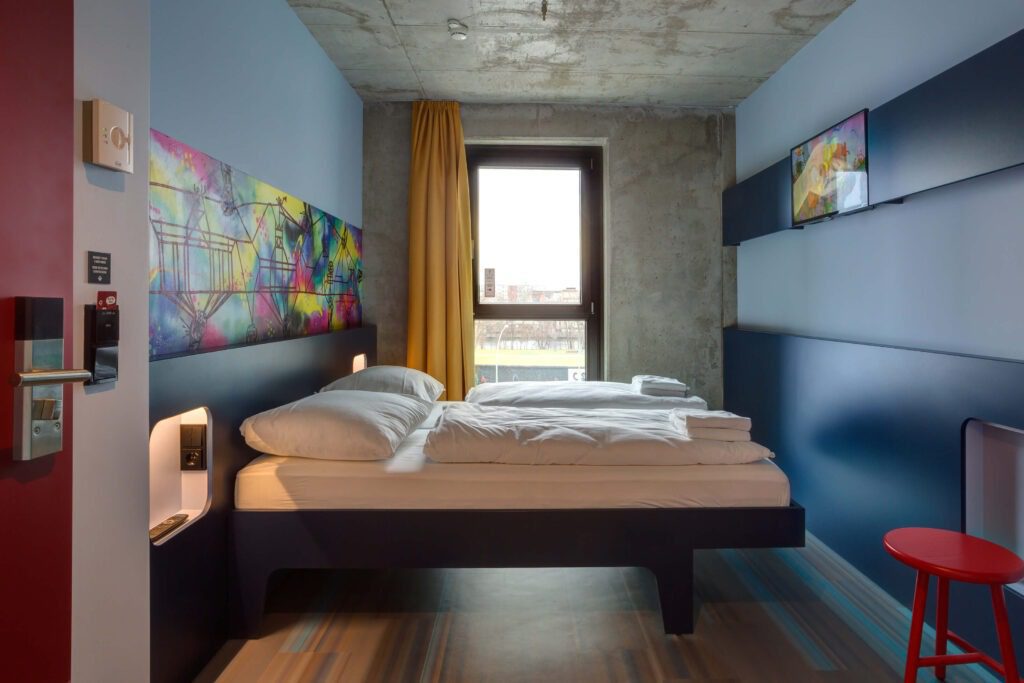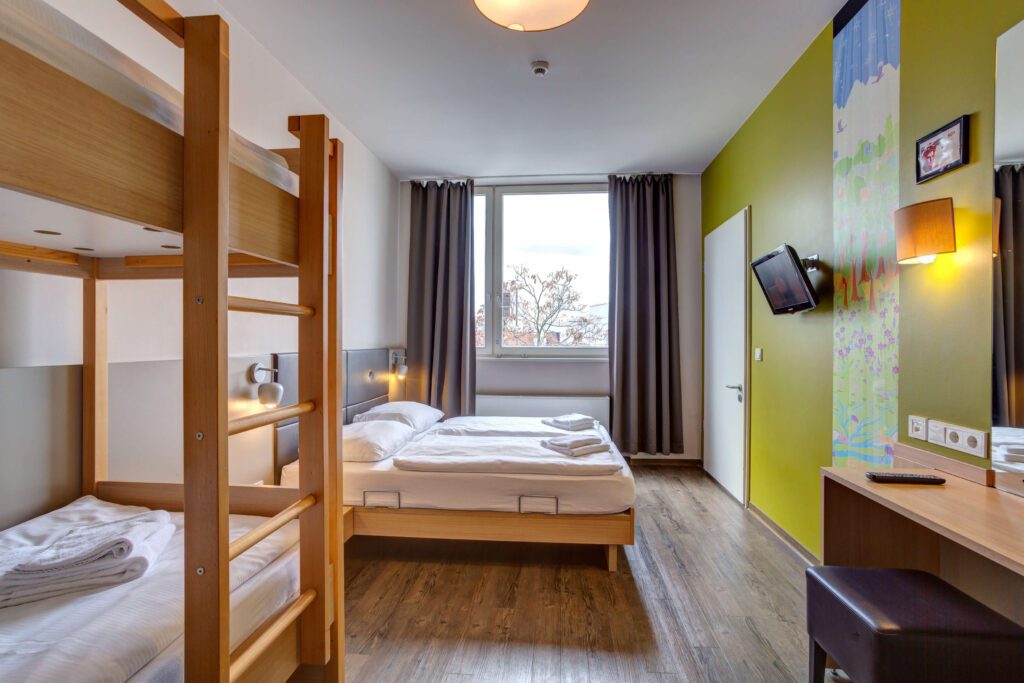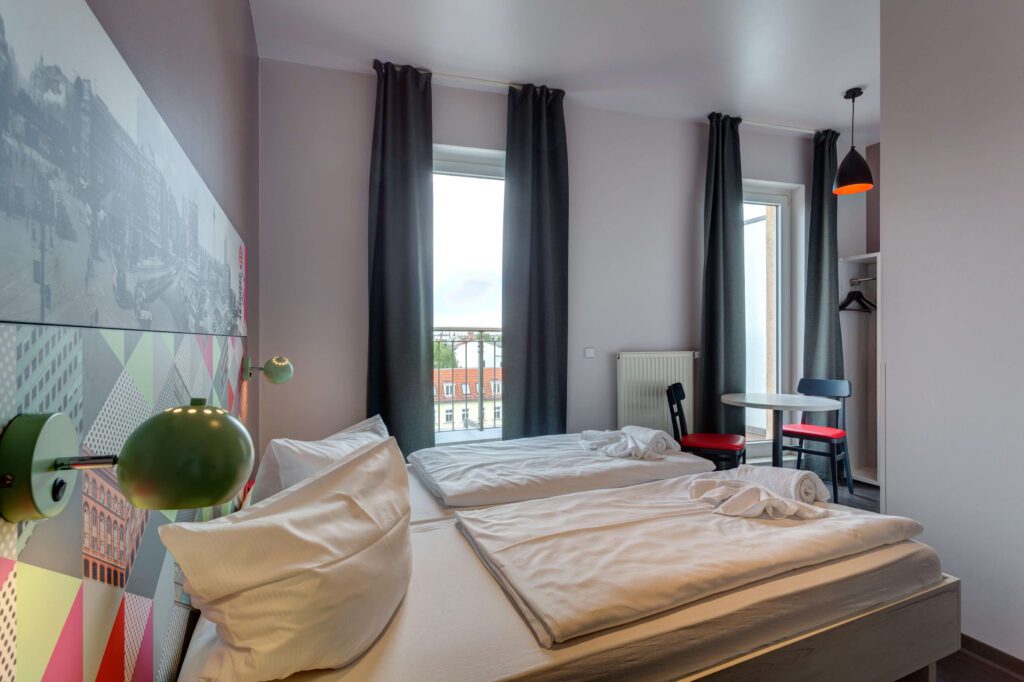Discover history in Germany’s capital
Berlin is one of the largest and most diverse cities in the world, so it’s only natural that it would offer plenty of museums. From preserved segments of the Berlin Wall to a collection of creepy marionettes, the German capital offers every possibility that the heart of a culture vulture could ever desire.
Our article perfectly captures the intangible essence of the German capital—its rich and complex history. The buildings that house these exhibits are museums in their own right, showcasing the many different architectural styles that have shaped Berlin over the years. If you take a day to explore a few of the best museums in Berlin listed below, you will undoubtedly get your money’s worth.
Check out below the 10 ABSOLUTE BEST MUSEUMS you’ll want to visit in Berlin 👇
1. Neues Museum
The Neues Museum was largely destroyed during the war and first reopened in 2009 following extensive renovations by renowned architect David Chipperfield. Two worlds collide in an impressive way: the almost morbid remnants of the old building are combined with sleek, modern architecture. Visitors can look forward to over 8,000 exhibits, mainly focusing on prehistoric and early cultures in Eurasia, from the Stone Age to the High Middle Ages.
Address: Bodestraße 1-3, 10178 Berlin
Directions: S-Bahn station Hackescher Markt
Opening times: Tue – Sun (10 AM – 6 PM); closed on Mondays
Homepage: Neues Museum
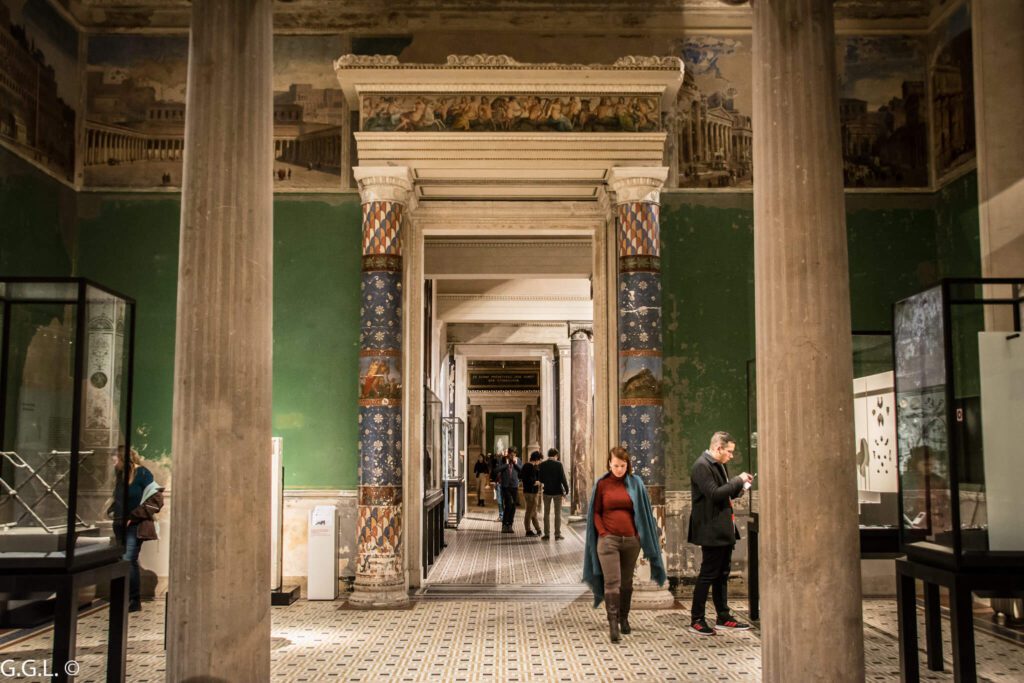
2. Pergamon Museum
Built between 1910 and 1930, Pergamon is one of the museums of the internationally acclaimed National Museums of Berlin. Along with the Altes, Bode, Neues and the Old National Gallery, it’s situated on the city’s Museum Island (a UNESCO World Heritage site since 1999). Pergamon is Berlin’s most visited museum which takes its name from its main attraction—the altar of Zeus from Pergamon (Pergamum).
Address: Bodestraße 1-3, 10178 Berlin
Directions: S-Bahn station Hackescher Markt
Opening times: Tue – Sun (10 AM – 6 PM); closed on Mondays
Homepage: Pergamon Museum
3. East Side Gallery
What was once the Berlin Wall is now a 1.3 km open-air gallery memorializing the divided city. Located just off Warschauer Straße on the border of Friedrichshain and Kreuzberg, the East Side Gallery is flush with visitors looking for the surreal historical experience of a city once split in two. The most iconic murals have been preserved on the wall, so grab a coffee and take a walk along Berlin’s turbulent recent history. The East Side Gallery is a popular spot for a summertime beer on the riverbanks, so you won’t be alone!
Address: Mühlenstraße 3-100, 10243 Berlin
Opening times: Open 24 hours
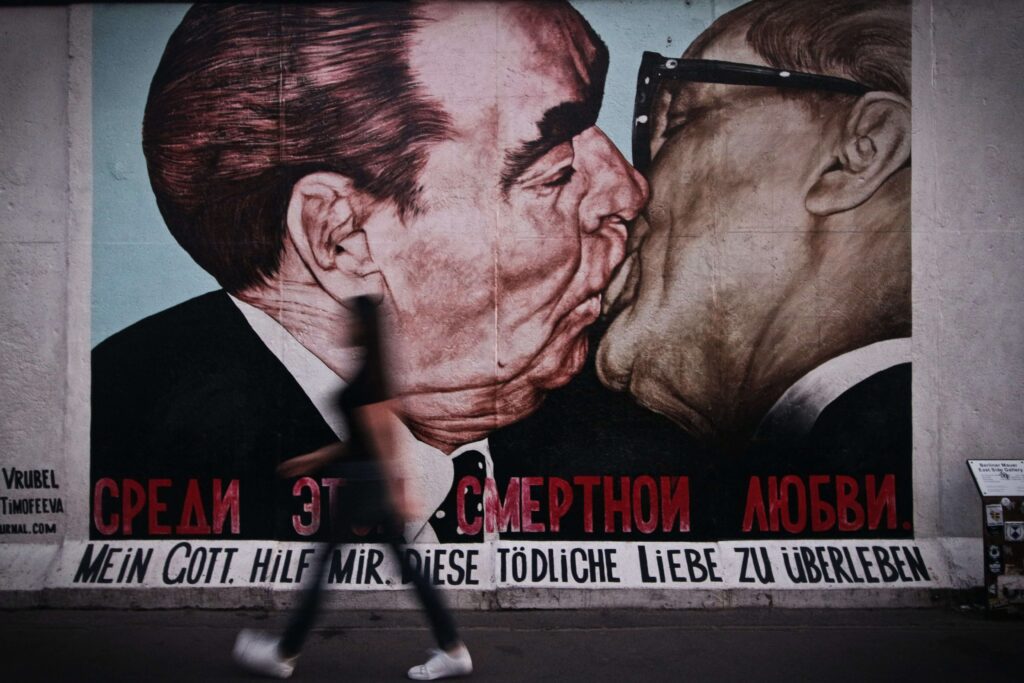
4. Jewish Museum
The museum scene in Berlin isn’t complete without this one. The exterior of the building, meticulously designed by Daniel Liebeskind, is itself a masterpiece. The entrance is located in an old Wilhelminian era house next door. Visitors pass through a security check and then take a short walk underground to the main building. Across several floors, you’ll get a varied impression of Jewish history, with a particular focus on the Holocaust. A small, beautiful garden and the Café Schmus round off a visit to this popular attraction. Learn more in our detailed article on the Jewish Museum.
Address: Lindenstraße 9-14, 10969 Berlin
Directions: U-Bahn station Hallesches Tor
Opening times: Mon – Sun (10 AM – 7 PM)
Homepage: Jewish Museum
5. Reichstag
There are very few more recognizable elements of the city’s skyline than Berlin’s Reichstag. The historic parliamentary building has changed hands countless times since its construction in 1871 and is now the city’s calling card. As one of Germany’s most visited attractions, make sure to book a tour ahead of time for an opportunity to see the city from the 360-degree glass dome at the top of the building.
Register HERE to visit the dome of the Reichstag Building
Address: Platz der Republik 1, 11011 Berlin
Opening times: Mon – Sun (8 AM – 12 AM)
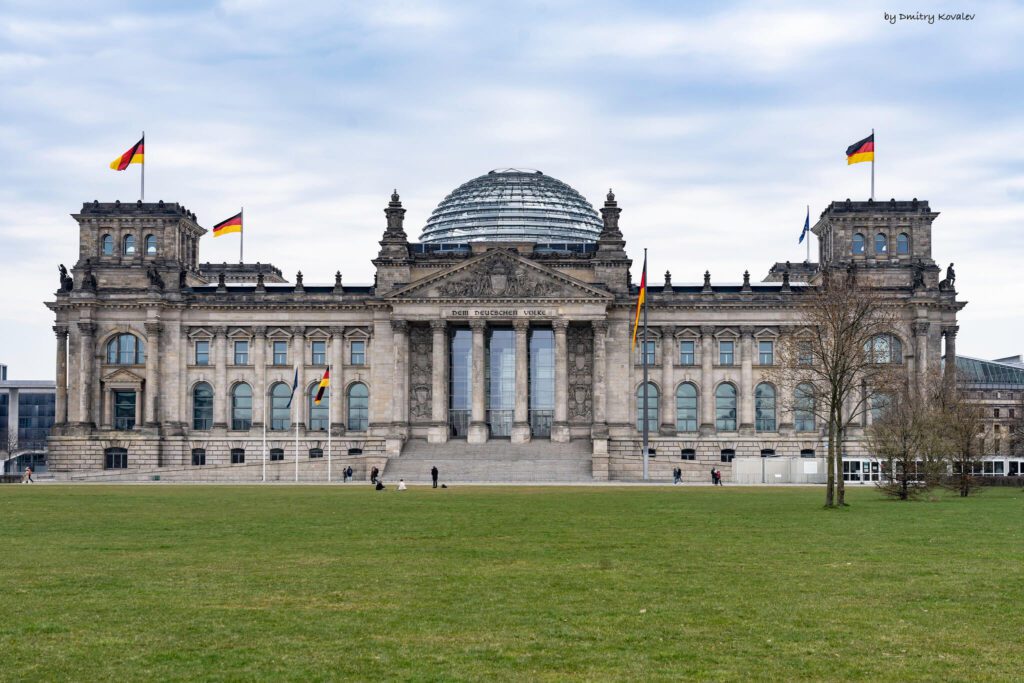
6. Martin-Gropius-Bau
More resembling a photography gallery rather than a traditional museum, the Martin-Gropius-Bau was formerly a museum for arts and crafts. Housed in a beautiful, Italian classicist building, there is an ever-changing roster of photo exhibits, as well as temporary installation displays, that are worth a visit. Up to 3 or 4 exhibitions run concurrently across the various floors.
Address: Niederkirchnerstrasse 7, 10963 Berlin
Directions: S-Bahn station Potsdamer Platz / Anhalter Bahnhof
Opening times: Mon – Sun (except Tue) 10 AM – 7 PM; Closed on Tuesdays
Homepage: Martin-Gropius-Bau
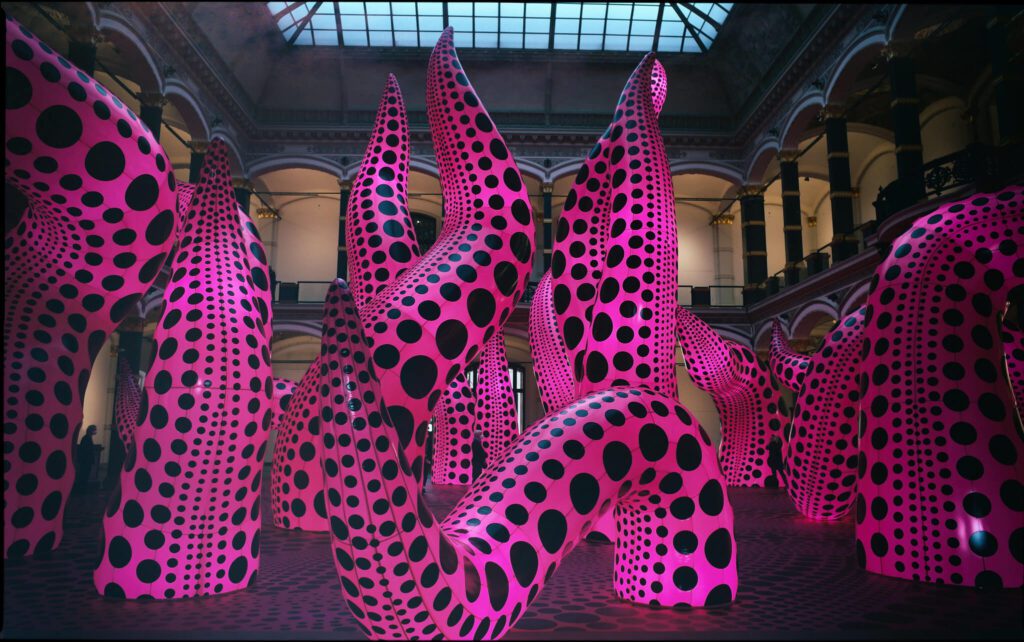
7. Deutsches Technikmuseum Berlin
This museum of technology is not just for tech enthusiasts. Cars, railways, airplanes, ships, and photographic technology are displayed in this large museum. The vehicle’s section alone exhibits more than 200 cars and lorries, 250 motorbikes and more than 300 bicycles. The locomotive section features several old steam locomotives. The museum is extremely interactive, much to the delight of young and older audiences alike.
Address: Trebbiner Str. 9, 10963 Berlin
Directions: U-Bahn station Gleisdreieck
Opening times: Tue – Fri (9 AM – 5.30 PM); Sat – Sun (10 AM – 6 PM); Closed on Mondays
Homepage: Technology Museum
8. Museum für Naturkunde
Though not known for its exotic wildlife, Germany is home to one of the most extensive collections of zoological and paleontological specimens in the world. From preserved sharks to fossilized plants and the skeleton of Bobby the Gorilla from the Berlin Zoo, the Museum für Naturkunde is a hotspot for scientists and tourists from around the globe. Be sure not to miss the Giraffatitan skeleton—it’s the largest mounted dinosaur skeleton in the world!
Address: Invalidenstraße 43, 10115 Berlin
Opening times: Tue – Fri (9.30 AM – 6 PM); Sat – Sun (10 AM – 6 PM); Closed on Mondays
Homepage: Museum für Naturkunde
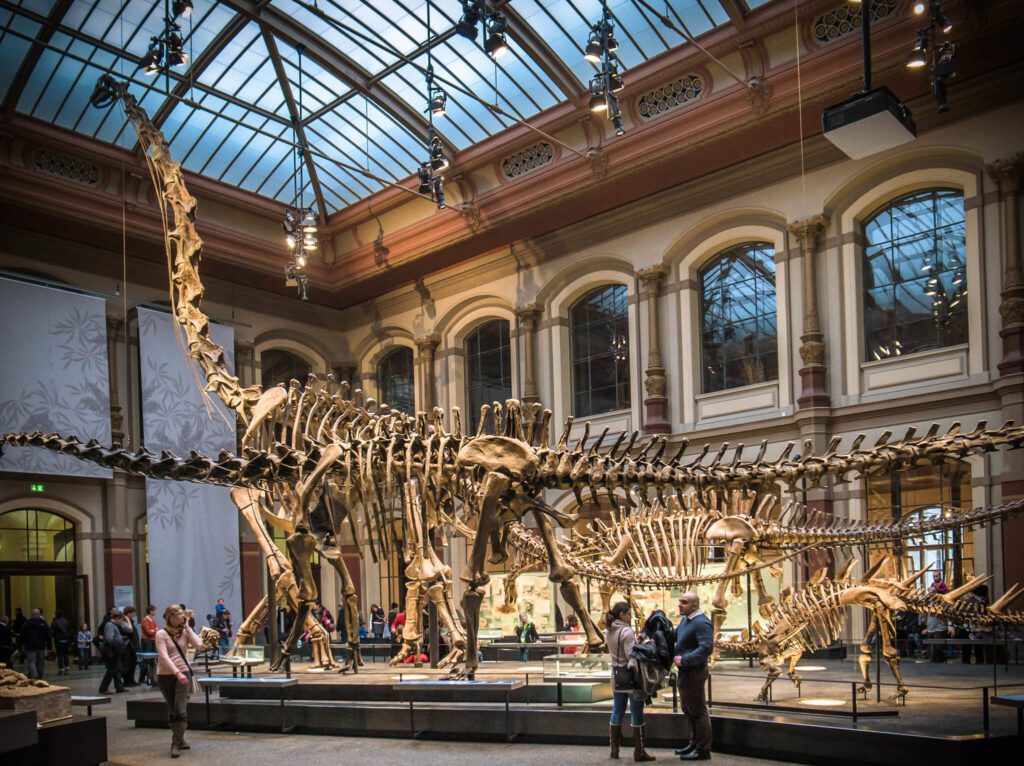
9. Sammlung Boros
Housed in a converted war bunker in central Berlin, the Sammlung Boros (Boros Collection) is one of the most unusual museum experiences Berlin has to offer. Designed by Karl Bonatz and built in 1943 by Nazi Germany to shelter up to 3,000 railway passengers, this stark concrete structure has undergone numerous transformations in the ways it’s been used over the years, including playing host to some of Berlin’s most notorious parties after the fall of the Berlin Wall.
Today it’s home to Christian and Karen Boros’s private collection of contemporary art, displaying newly acquired and space-specific works along with a permanent collection of works from the 1990s and 2000s. Thanks to the museum’s immense popularity and limited capacity, the collection is only accessible to the public via guided tours, which must be booked in advance.
Address: Reinhardtstraße 20, 10117 Berlin
Directions: S-Bahn station Friedrichstraße
Opening times: Fridays (3 PM– 6.30 PM); Sat – Sun (10 AM– 6.30 PM); Closed Mon – Thu
10. Hamburger Bahnhof
Originally designed as one of the first major terminals of the German rail system (Bahnhof meaning station), this magnificent late-Neoclassical building is now home to a renowned collection of contemporary art. Erected in 1846 and located in the city’s Moabit district, Hamburger Bahnhof is Berlin’s only remaining train station from this era.
Today, it serves the altogether different purpose of exhibiting an impressive permanent collection of major artistic movements from the 1960s and beyond, including the highly revered Friedrich Christian Flick Collection, and is celebrated as one of the city’s essential cultural locations.
Address: Invalidenstraße 50-51, 10557 Berlin
Opening times: Tue – Fri (10 AM– 6 PM; Thurs. until 8 PM); Sat – Sun (11 AM– 6 PM); Closed on Mondays
Homepage: Hamburger Bahnhof
Where to stay in Berlin?
MEININGER has six fantastic hotels in Berlin – all wonderful places to come home to after a day of discovering these museums.
